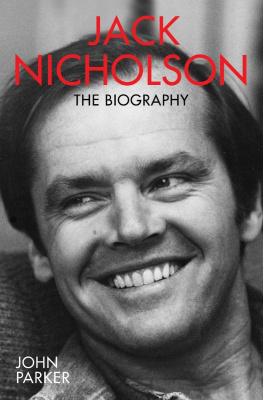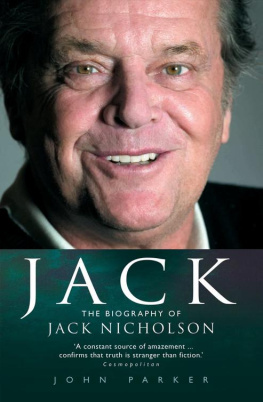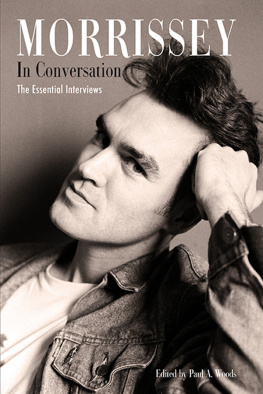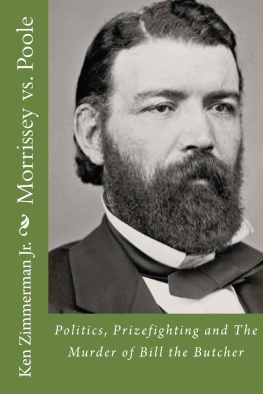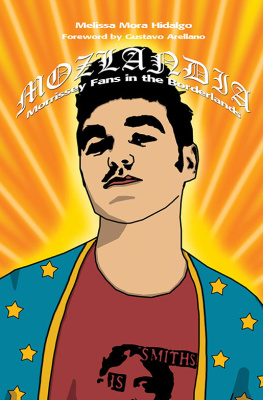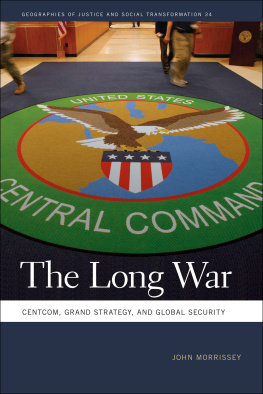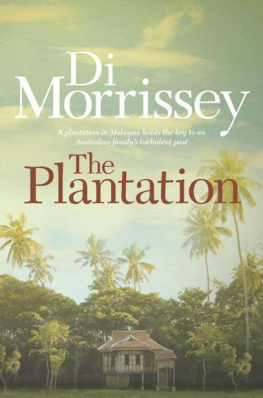The Notorious John Morrissey
The
Notorious John Morrissey
How a Bare-Knuckle Brawler
Became a Congressman and
Founded Saratoga Race Course
JAMES C. NICHOLSON
Due to variations in the technical specifications of different electronic reading devices, some elements of this ebook may not appear as they do in the print edition. Readers are encouraged to experiment with user settings for optimum results.
Copyright 2016 by The University Press of Kentucky
Scholarly publisher for the Commonwealth, serving Bellarmine University, Berea College, Centre College of Kentucky, Eastern Kentucky University, The Filson Historical Society, Georgetown College, Kentucky Historical Society, Kentucky State University, Morehead State University, Murray State University, Northern Kentucky University, Transylvania University, University of Kentucky, University of Louisville, and Western Kentucky University.
All rights reserved.
Editorial and Sales Offices: The University Press of Kentucky
663 South Limestone Street, Lexington, Kentucky 40508-4008
www.kentuckypress.com
Cataloging-in-Publication data is available from the Library of Congress.
ISBN 978-0-8131-6750-3 (hardcover : alk. paper)
ISBN 978-0-8131-6752-7 (pdf)
ISBN 978-0-8131-6754-1 (epub)
This book is printed on acid-free paper meeting the requirements of the American National Standard for Permanence in Paper for Printed Library Materials.
Manufactured in the United States of America.
| Member of the Association of American University Presses |
To Maegan
Contents
Introduction
Flags at New Yorks City Hall were lowered to half-staff, and the New York state senate adjourned to attend the funeral of John Morrissey in Troy, New York, on May 4, 1878. The New York Times reported, No burial ever evoked so many expressions of sorrow from the mass of the peoplethe hard, rough working-men and women in the class out of which Morrissey sprang.1 Fifteen thousand people stood in the rain to watch the procession as politicians, financiers, and sportsmen filled St. Peters Church to pay their final respects to the man described in one obituary as a prize-fighter, a gambler, a man without education or refinement, risen from the very bottom of the social heap.2
During his lifetime Morrissey was often maligned by journalists for his involvement in uncivilized endeavors. An American champion prizefighter, he was criticized for his participation in that savage art. He rose through New York political ranks to become a United States congressman and New York state senator but was condemned for having started his ascent to power as a street-level shoulder-hitter, wrangling votes and intimidating voters for Democratic candidates. Morrisseys casino interests and Wall Street speculation made him, at times, a very wealthy man, a personification of a certain strand of the American Dream, but he was never fully accepted into the upper reaches of New York society. From the 1850s until his death he was involved in some of Americas most important sporting events as an athlete, a promoter, and a proprietor, and his work helped lay a foundation for the multibillion-dollar American sports industry that would emerge in the twentieth century. But his most significant contribution to American sports, and his lasting legacy, was his role in founding Saratoga Race Course in 1863.
Despite being primarily responsible for establishing what has become the premier Thoroughbred race meetand the oldest major sports venuein America, Morrissey has scarcely been acknowledged, much less embraced, as a founding father of modern American horse racing. Presumably the hesitance to celebrate Morrisseys legacy is related to the reluctance of many to accept Morrissey during his own lifetime, when his association with the unsavory characters and practices of gangland New York made him unwelcome in certain circles.
John Morrissey did not learn to read until his teenage years and did not leave a broad paper trail. But we are left with an extensive journalistic record of the major events that helped to create his much-maligned public persona, which, by acknowledging his past, and attempting to convince the public that he was a changed man, Morrissey eventually used to his advantage, both as a politician and as a sportsman. His fame and notoriety helped Morrissey to attract attention to the early race meets he organized at Saratoga and helped him to keep cheaters, frauds, and other neer-do-wells away from the grounds; this, in turn, earned plaudits from a national press that was often critical of the sport of horse racing, which had been essentially moribund when Morrissey entered the racing business at the height of the Civil War.
Sportswriter Red Smith supposedly once explained that to get to Saratoga Race Course, one had to turn onto Union Avenue and go back a hundred years. There is a nearly tangible connection to the past, a hazy shroud of history and legend, at Saratoga. Part of that connection is attributable to the fact that horsemen, gamblers, and racing aficionados have gathered there for over a century and a half to participate in a sport that has been essentially unaltered by time. But there is an additional, unquantifiable element that attracts devotees to Saratoga, much of which can be traced to John Morrissey, whose fame and notoriety became attached to the racetrack as part of its unspoken foundational mythology and lore.
The colorful story of Morrisseys ascent sheds light on the intersection of gambling, politics, and tourism that gave rise to Thoroughbred racing at Saratoga and reshaped commercialized sports in America more broadly. Morrisseys ability to transcend and exploit his checkered reputation could serve as an example for the modern Thoroughbred industry at a time when a sizable portion of the American racing community continues to suffer the consequences of an inability or unwillingness to acknowledge problems with its own public image.
Wharf Rat
Like so many Americans of his generation, John Morrissey came from Ireland to the United States as a young child. A harsh combination of crop failures, a rising population, and civil unrest ravaged much of County Tipperary at the time of Morrisseys birth there, in 1831, causing thousands to flee to Canada and the United States in the pre-Famine years. Among the emigrants were Timothy and Julia Morrissey and their children, who settled in Troy, New York, when John was a young child. Troys position on the Hudson River, near the eastern terminus of the recently completed Erie Canal, facilitated lively shipping and manufacturing businesses there and attracted many Irish immigrants to the region. Timothy Morrissey was able to find steady, though not terribly remunerative, work as a day laborer, and the family moved often, renting a series of shoddy dwellings in the area. John attended common school only briefly, learning more mischief than letters, before being sent to work as a preteen in order to help support the family, which by then included seven sisters and a mother who struggled with alcohol addiction.1






